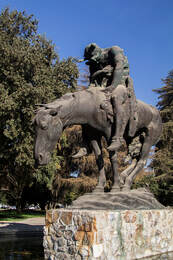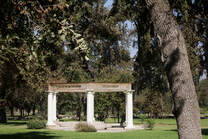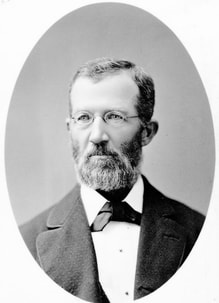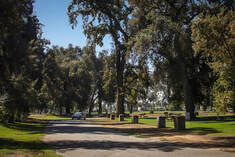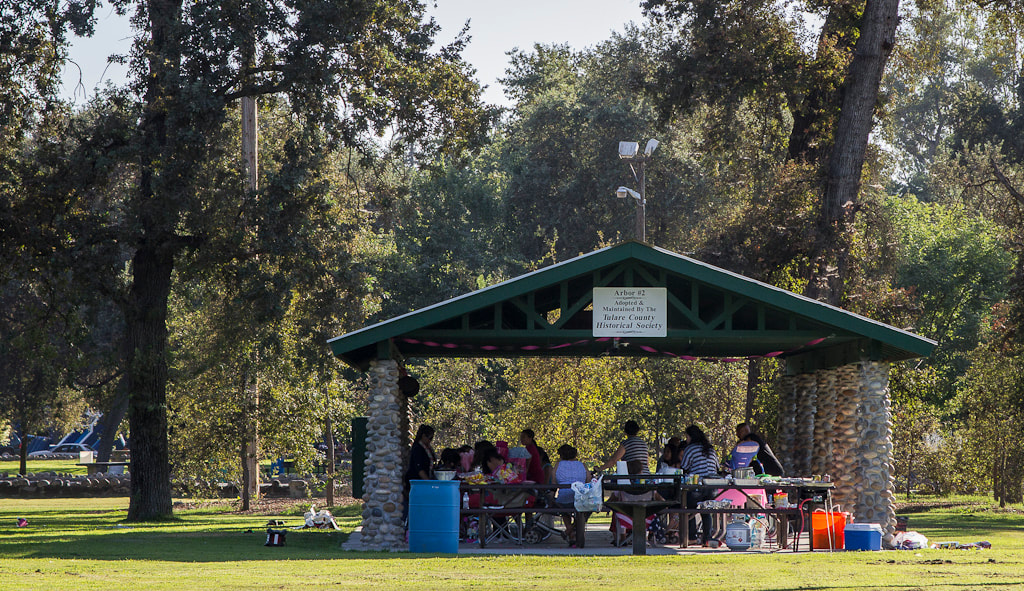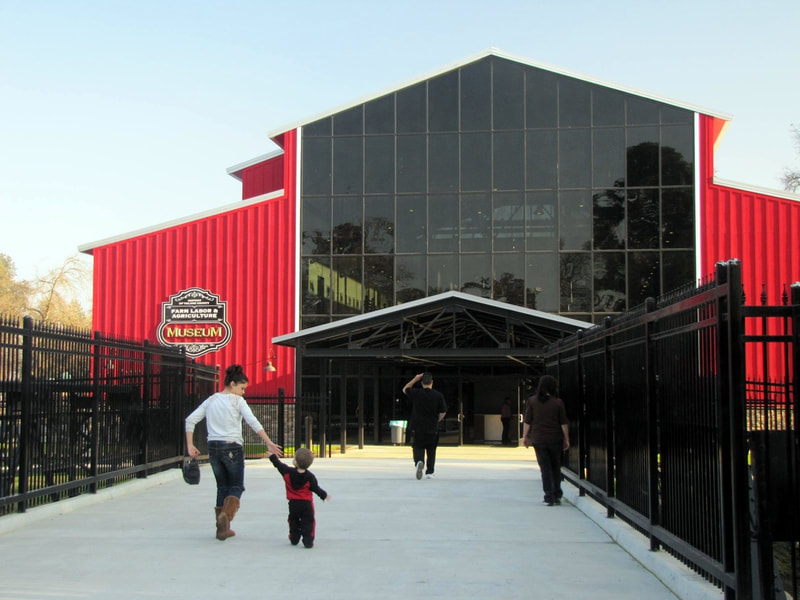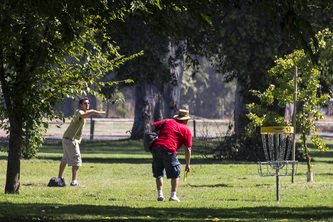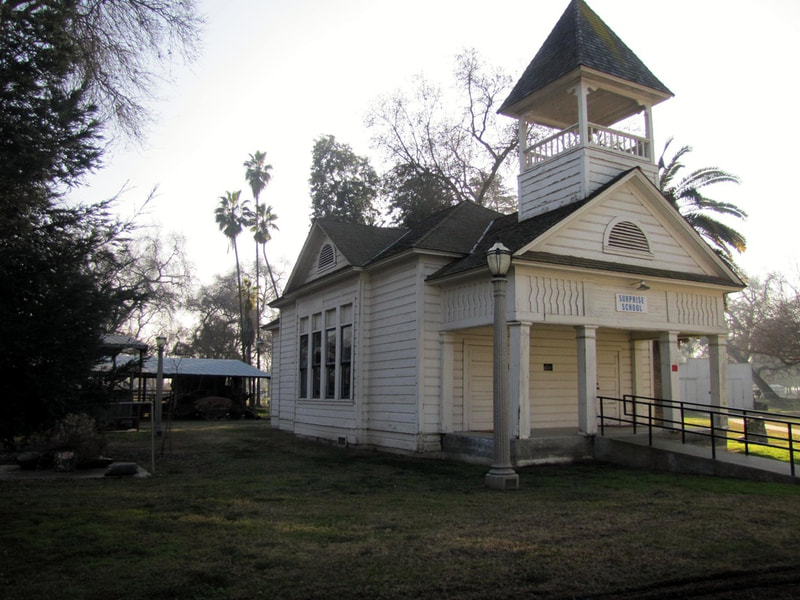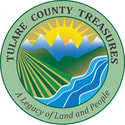|
|
MOONEY GROVE PARK
Environment: Valley, urban park, Valley Oak grove Activities: baseball, disk golf, dog walking (on leash; scoop poop), End of the Trail statue, historical buildings, horseshoes, lagoon, museum, picnicking, pioneer village, playground Open: For hours and reservations call (559) 205-1100. Reservations for covered picnic areas taken throughout the year at same number Entrance Fee: $6.00 per vehicle; Senior/Disabled Vehicle Fee (62 years or older); $3.00; Annual Park Pass: Regular $25.00; Seniors $12.00; contact Site Steward for additional current fees Site Steward: Tulare County Department of Parks and Recreation, (559) 205-1100 Links: https://tularecountyparks.org/ Directions: Map and directions are at the bottom of this page |
|
Photos for this article by: John Greening, Laurie Schwaller; photo of John Tuohy courtesy of Tulare County Library, Annie R. Mitchell HistoryRoom
|
Directions: Address: 27000 South Mooney Blvd., Visalia, CA 93277 Latitude/Longitude: 36°16'49"N/119°18'34"W 36.280556, -119.311944 Drive South of downtown Visalia (A) 3.5 miles on Mooney Blvd/Hwy 63. Mooney Grove Park (B) is on the left/East. |
